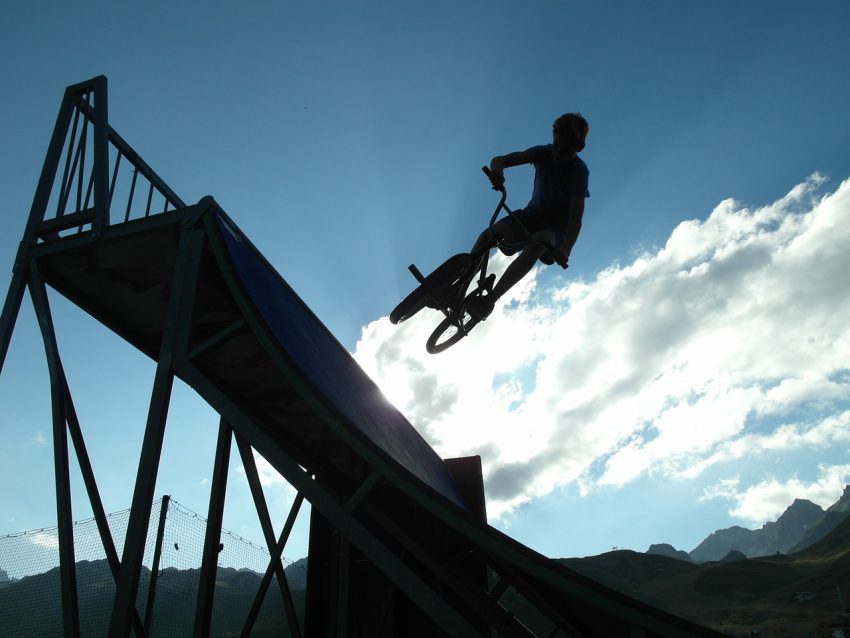When we say the word sports many actual sports come to mind. some think of football and basketball, and others think of marathons or even horse races that they later support with Codigo Promocional Teletrak. I am not sure how many people think of cycling, as it’s not that popular, but it is almost always the first thing that pops into my head. When we think of bicycles, the image that pops into everyone’s head is usually of men in tight pants, at the Tour de France, vigorously pedaling over the Alps. On the other hand, when we think about BMX bicycles, performing stunts is usually the first thing that comes to mind. However, from the roots of this sport to the half-pipes, there is more to it than what we usually assume.
What is BMX?

The term itself is an abbreviation of the term ‘bicycle motocross’, which was originally only the name of the bicycles used for BMX racing, but has since expanded include other types of bicycles, namely those for dirt, vertical, park, street, and also freestyle BMX. These bicycles, although similar at first sight, have their differences in relation to their purpose: a street BMX, for example, needs to be built stronger, in order to withstand the constant contact with the hard surface of the street. Some of these models are fully equipped; others, like the street bike, usually lack brakes, in order for the rider to be able to spin the handlebar freely. Street bikes usually feature metal pegs on the front and back wheels, which enable more than one person to safely ride the bike.
Origins
BMX originated in southern California in the mid-seventies. Kids, inspired by motocross racing stars of the time, started bringing their bicycles to the dirt tracks where motocross races were held, and tried to simulate the things that the racers would do. By the end of the seventies, this was already a nation-wide craze, with the American Bicycle Association being founded in 1977. The first world championship came only a few years later; in 1981, the International BMX Federation was formed, and next year, in 1982, they held the first world championship. In 1993, BMX was accepted into the Union Cycliste Internationale, which coordinates and regulates all big cycling events, such as the Tour de France, Giro d’Italia, and many others.
Freestyle BMX

Somehow, the BMX bike turned out to be ideal for performing stunts, both on the dirt track and off it. Thus, freestyle BMX was born, which turned out to be one of the most popular forms of BMX. In fact, it is what people today usually think about when they hear the term BMX. The earliest forms of this variation date back to the mid-seventies, when Devin and Todd Bank started driving their bicycles on their skateboard ramp, which they had built at home. Shortly afterward, they started visiting skate parks, and eventually, this became so popular, that by the late seventies, skate parks started reserving terms exclusively for BMX riders. Today, freestyle BMX includes several different categories, like dirt, flatland, park, vert ramp, and trails. Not only that, but the International Olympic Committee announced that park freestyle BMX will be featured on the 2020 Tokyo Summer Olympics.
Tricks
One of the things that BMX riding is best known for is performing tricks. Built so as to provide optimal balance for the rider, and to be safe enough to prevent unwanted injuries, BMX bikes provide the possibility for the riders to perform a plethora of tricks. These differ, based on the sub-category of BMX, and they are usually split into two categories, flatland, and air tricks, based on how the riders go about performing them.

